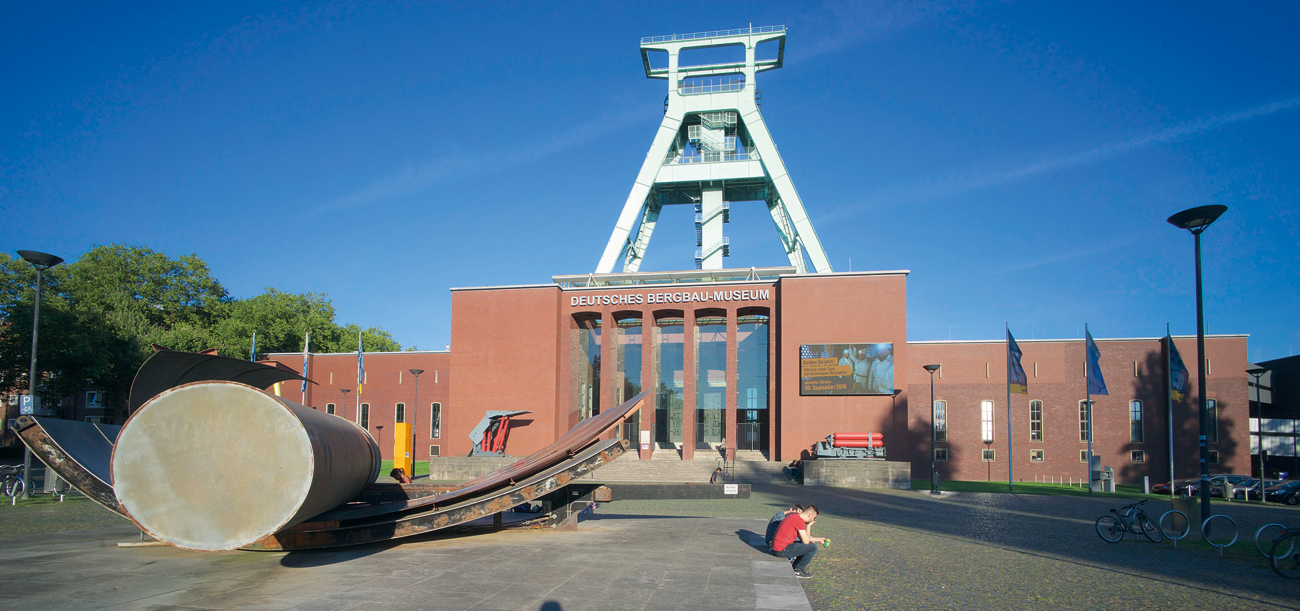
Fig. 1. Steeped in tradition: the conference opened at the German Mining Museum. // Bild 1. Traditionsreicher Ort: das Deutsche Bergbaumuseum. Hier wurde die Konferenz eröffnet. Photo/Foto: BG RCI
In its new event format the VISION ZERO Europe Conference (VIZE) that ran from 7th to 9th September 2016 was aimed at achieving better health and safety standards in the mining, quarrying, aggregates and cement industries. It also provided the organisers with an opportunity to present the new ISSA concept. And when it comes to mining can there be a better venue for the event than Bochum? During the twentieth century this town in the heart of the Ruhr coalfield had more coal mines than anywhere else in Europe. A century ago there were more than 70 pits in this area alone. And even though the last of these, Hanover colliery, ceased operations in 1973, Bochum is still very much linked to the coal industry. The conference therefore opened in the German Mining Museum (Figure 1), which attracts several hundred thousand visitors every year and is one of the largest museums in North Rhine-Westphalia (NRW). The conference venue itself can look back on a long tradition: the Georg Agricola University of Applied Sciences (THGA) was first established as a School of Mines exactly 100 years ago (Figure 2). Mine deputies and overmen were trained here until 1993 and today the University has more than 2,000 students taking courses such as geological engineering, mining and technical business management.
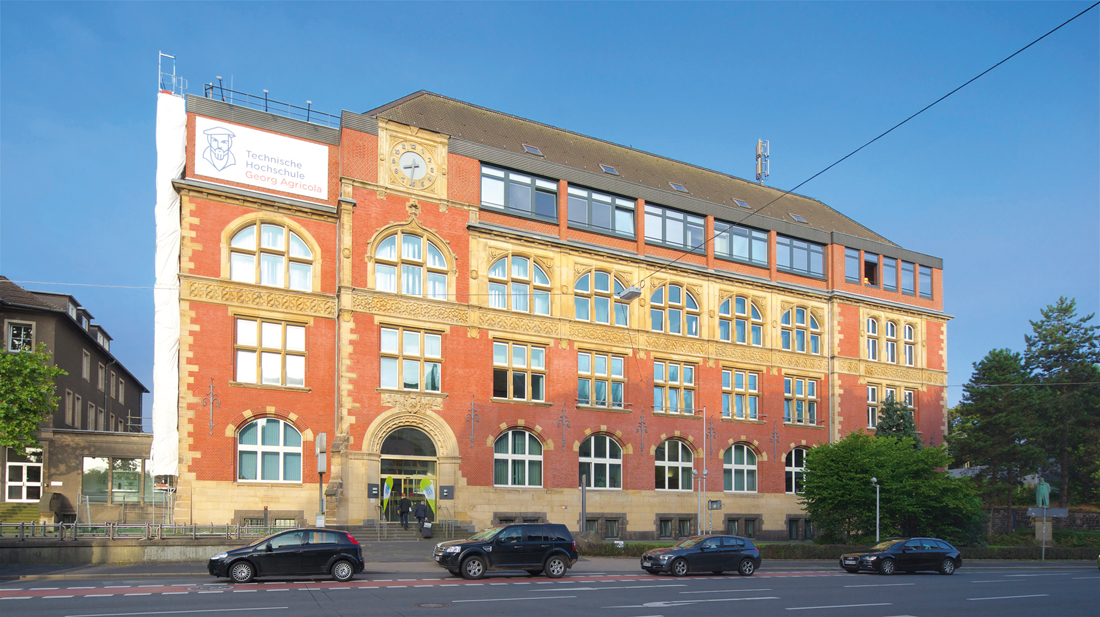
Fig. 2. The VISION ZERO Europe conference was held at the venerable THGA. // Bild 2. Die VISION ZERO Europe fand an der altehrwürdigen THGA statt. Photo/Foto: BG RCI
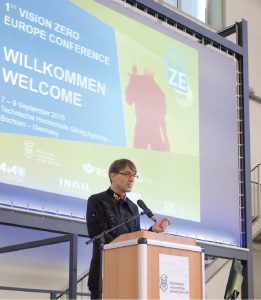
Fig. 3. Prof. Dr Jürgen Kretschmann, President of THGA, welcomes the conference delegates. // Bild 3. Prof. Dr. Jürgen Kretschmann, Präsident der THGA, begrüßt die Teilnehmer. Photo/Foto: BG RCI
In opening the conference the President of the University, Prof. Dr Jürgen Kretschmann, also referred to the mining traditions associated with both the town and the university (Figure 3). Many of the delegates used the breaks in the proceedings to visit the anniversary exhibition where many objects dating back over 200 years of mining and academic history were on display. The THGA has also been playing its part in accident prevention and ten years ago was the first German university to offer a course on operational safety management in which students are provided with work-based skills on integrated personal and safety management.
VIZE received support and sponsorship not just from the THGA but also from the International Section for Accident Prevention in Mining of the ISSA (International Social Security Association), the BG RCI (German Social Accident Insurance Institution of the raw materials and chemicals industry), INAIL (Italian Insurance Institute for Employment Injuries) and Zakład Ubezpieczeń Społecznych (the Polish Social Insurance Institution – ZUS). Special thanks are also due to other generous sponsors of the conference, including RAG Aktiengesellschaft and Messe Düsseldorf, which will be organising next year’s Safety and Health Expo A+A.
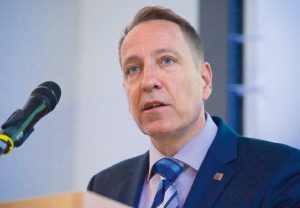
Fig. 4. Ulrich Meesmann expressed satisfaction that the conference had attracted such huge international interest. // Bild 4. Ulrich Meesmann zeigte sich erfreut, dass die Konferenz auf großes internationales Interesse stieß. Photo/Foto: BG RCI
While the conference had the word “Europe” in its title, in actual fact those attending came from every corner of the globe, the event organisers being keen also to attract to Bochum accident prevention experts from the developing and transition countries. This was why the decision was taken not to charge an entry fee. In the words of Helmut Ehnes, General Secretary of ISSA Mining, “The financial support we received meant, i. e., that experts from Mongolia and Iran were able to attend the conference. And large delegations from China and Chile also came. This diversity is very important for us.” Specialists from Australia, South Korea, Singapore and Guatemala also came to present the industrial safety concepts employed in their homelands, while nearer home there were experts from the Czech Republic, Luxembourg and Russia. It had been apparent in the run-up to the conference that the event was attracting significant international interest: In his welcoming address Ulrich Meesmann, President of the ISSA’s Mining Section and Executive Board Member of the BG RCI, revealed that the call for papers had attracted some 50 topic proposals from 17 different countries (Figure 4).
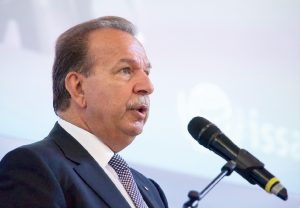
Fig. 5. Hans-Horst Konkolewsky presented the vision of a people-centred prevention strategy. // Bild 5. Hans-Horst Konkolewsky stellte die Vision einer auf den Menschen zentrierten Prävention vor. Photo/Foto: BG RCI
In his keynote address Hans-Horst Konkolewsky, the General Secretary of the International Social Security Association (ISSA), presented his vision of a holistic, people-centred accident prevention strategy (Figure 5). The ISSA has developed a three-dimensional model for this in which the three pillars of workplace risk prevention, health care and post-accident return to work interlock and complement one another. The ISSA is also working on a global VISION ZERO campaign. Konkolewsky concluded by looking ahead to the 21st World Congress on Safety and Health at Work, which is to be held in Singapore in 2017.
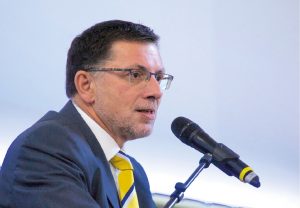
Fig. 6. Helmut Ehnes used his keynote speech to present the 7 Golden Rules for VISION ZERO. // Bild 6. Helmut Ehnes erläuterte in seiner Keynote die 7 Goldenen Regeln für die VISION ZERO. Photo/Foto: BG RCI
Helmut Ehnes (Figure 6), the General Secretary of ISSA Mining, used his speech to present the 7 Golden Rules for VISION ZERO (1, 2). He also brought the conference up-to-date on the findings of an analysis of fatal accidents that was carried out by the BG RCI, and the specific risk-prevention actions resulting therefrom. This study showed that experienced mineworkers in the 45 to 55 age bracket ran the highest risk of suffering an accident because their daily routine tended to make them inattentive and careless. In this sector fatalities were mainly caused by accidents involving vehicles and heavy machinery. The safety campaign “10 life-saving tips” was launched in order to raise the awareness of management and workers to these dangers.
The individual sessions were divided into theme modules. In one session themed “health and well-being of workers and management” Prof. Dr Burkhard Schmidt of the University of International Management presented the results of an analysis that was carried out of the stress system. Stress – whether perceived objectively or subjectively – is increasingly seen as being responsible for accidents and illnesses. Many different factors can lead to stress. As Prof. Schmidt explained, people often cannot react appropriately to the various factors involved here. According to his theories, while our lives have developed as civilisation has advanced, our stress system has not and is in fact still designed to resist attacks from predators. And our body responds in exactly the same way to altercations with our boss. These theories have been used to derive a number of “don’ts” that managers can abide by to reduce the stress factors. As Prof. Schmidt pointed out, a healthy management style means being transparent, reducing the pressures of work, conserving resources, showing appreciation and taking an interest in and being inclusive towards members of staff.
Sidey Castillo presented the fitness programme that has been introduced by Grupo Progreso, a cement manufacturing company from Guatemala, in order to improve the health of its workforce. The company provides its employees with monthly healthcare workshops, medical examinations and sporting activities and the in-house magazine follows-up these stories by publishing before-and-after photos of weight-loss success stories. Those taking part also get regular tips via text messaging. While participation is voluntary, more than a thousand employees have already passed through the programme.
Li Wanjiang, Deputy Director of the State Administrative Department for Safety in Mining, described current developments in health and safety in the Chinese mining industry and presented the future prospects in this area. Bolortuya Ganbaatar from the Research Centre for Occupational Medicine reported on how a culture of risk prevention was being developed in the Mongolian mining industry.
The session themed “learning from accidents and incidents” showed just how crucial it is to carry out a thorough analysis of workplace accidents. Experts from Germany, Italy, Poland and South Africa presented various analysis options and reported on measures that can be put in place on the basis of the findings obtained.
Best practice examples of how VISION ZERO can be implemented on the ground were put forward by a number of speakers, including Joachim Löchte (RAG), Dr Thomas Lautsch (DBE – German Service Company for the Construction and Operation of Waste Repositories) and Dr Bettina Nickel, Managing Director of the basalt mining company Nickel GmbH & Co. KG.
On the day before the conference opened delegates were given an opportunity to visit the RWE-operated Gersteinwerk power station. The day’s itinerary also included a tour of the DASA Working World Exhibition in Dortmund where visitors can immerse themselves in twelve different working environments.
Jim Joy hosted an all-day seminar on “critical control management”. Joy, who has been conducting research in this area for more than 30 years and acts as an advisor to global companies, used the seminar to present the CCM concept, which is aimed specifically at experts in the field of risk assessment. This technique is designed for the precise identification and assessment of risks and hazards.
After two highly informative conference days everyone involved came to the same assessment, namely that VIZE had far exceeded all expectations. And the event organisers were also agreed that the Bochum “premiere” should be followed by more VIZE conferences. It is hoped that in two years time everything will be in place for the next conference to be held in another European country and initial discussions to this effect have already been held in Bochum.
References / Quellenverzeichnis
References / Quellenverzeichnis
(2) Ehnes, H.: SICHERHEIT 7.0 – 7 Goldene Regeln für VISION ZERO. Mining Report Glückauf 151 (2015) Nr. 1, S. 19 – 27.